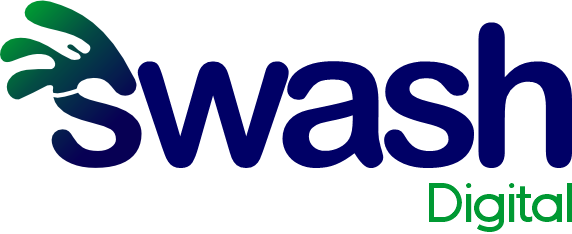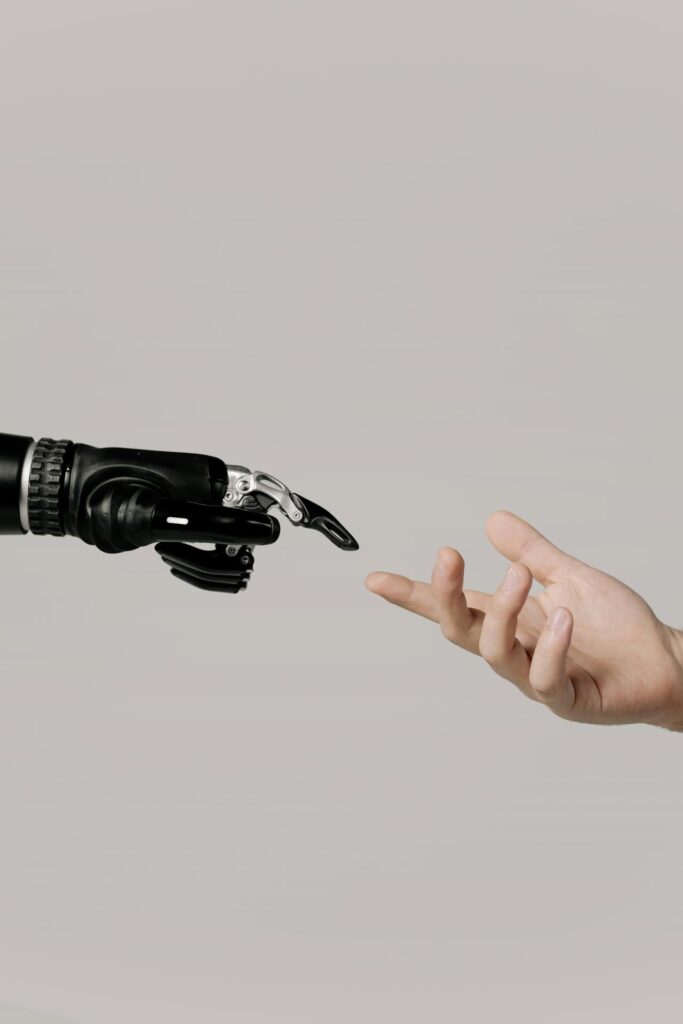You have a brilliant idea for an app or a digital platform. It’s the kind of idea that keeps you up at night—a solution to a real problem you know people have. You can see it clearly in your mind’s eye: the logo, the user interface, the five-star reviews.
But there’s a massive chasm between that vision and a launched product. For a non-technical founder, this is often where momentum stalls. You’re faced with daunting questions: Where do I even start? How do I build something without a technical background? And the biggest one of all, how do I do this without spending my entire budget on an unproven concept?
The answer to all these questions lies in a single, powerful strategy: building a Minimum Viable Product (MVP).
Many founders mistakenly believe an MVP is just a cheaper, buggier version of their final product. This is one of the most common and costly misconceptions in the startup world. An MVP isn’t about building less; it’s about learning more, faster. This playbook is your step-by-step guide to understanding the MVP development process and building a product that not only launches but actually succeeds.
What an MVP Really Is (And What It Isn’t)
Before we dive into the “how,” let’s clarify the “what.”
An MVP is NOT:
A collection of all your dream features crammed into a small budget.
A half-finished product that crashes every five minutes.
A “beta version” that is feature-complete but just needs some polishing.
An MVP IS:
A strategic science experiment.
The simplest, most focused version of your product that solves one core problem for one specific type of user.
Your most powerful tool to validate your startup idea with real, paying customers.
Think of it like this: your grand vision is to open a magnificent bakery that sells elaborate, multi-tiered wedding cakes.
The traditional (and risky) approach would be to spend six months and $100,000 building the full bakery, buying all the equipment, and baking a giant, five-tier wedding cake, only to discover that people in your neighborhood actually prefer carrot cake.
The MVP approach is different. Instead of building the whole bakery, you spend a week and a small budget perfecting one single, incredible cupcake. You sell that one cupcake from a market stall. If people love it and line up to buy it, you have validated your core recipe. You’ve proven that people want what you’re offering. Now you have the confidence—and the data—to build the full bakery.
That perfect cupcake is your MVP.
“The purpose of an MVP is to learn, not to earn. The revenue comes later; the learning comes now.”
The 3-Step MVP Development Process: Your Action Plan
To build an MVP successfully, you need a disciplined process. It’s not just about coding; it’s about strategic decision-making. We’ve broken our proven process down into three clear phases.
Phase 1: The Ruthless Prioritization Phase (The ‘Why’)
This is the most critical phase, and it happens before a single line of code is written. The goal here is to get laser-focused.
Identify the “Hair-on-Fire” Problem: Your product might eventually solve ten problems, but your MVP must solve only one: the most urgent, painful problem your target user has. Is it a mild annoyance or a “hair-on-fire” problem they are desperate to solve? Focus on the latter.
Define Your Ideal User: You cannot build for “everyone.” Who is the one person who feels this pain most acutely? Give them a name. What is their job? What does their day look like? The more specific you are, the easier it will be to build features they will actually use.
Craft a “Pain-to-Solution” Statement: Fill in this blank: “My app helps [Your Ideal User] to solve [The Hair-on-Fire Problem] by providing [The Core Feature].” This simple statement becomes your North Star and helps you say “no” to every feature that doesn’t directly support it.
This phase is about making hard choices. Every feature you add to your MVP increases its cost, timeline, and complexity, and it dilutes your core value proposition. Be ruthless in your focus.
Phase 2: The Blueprint & Design Phase (The ‘What’)
Now that you know why you’re building, it’s time to map out what you’re building.
Map the User Journey: On a whiteboard or a piece of paper, draw the simplest possible path a user takes to solve their problem using your app. From opening the app to achieving their goal, what are the absolute essential steps? This is your user flow.
Create Wireframes: Wireframes are the basic architectural blueprints of your app. They are simple, black-and-white sketches of each screen, showing where the buttons and text go. They are not about color or design; they are purely about structure and flow.
Focus on UI/UX Design: Once the blueprint is set, it’s time to think about the “look and feel.”
User Interface (UI): This is the visual design—the colors, fonts, and imagery. A good UI makes your app look professional and trustworthy.
User Experience (UX): This is how the app feels to use. Is it intuitive? Is it confusing? Good UX design is the invisible force that makes an app a pleasure to use, and it is absolutely critical for user retention.
Phase 3: The Build & Launch Phase (The ‘How’)
With your blueprint in hand, it’s time to build. For a non-technical founder, this means finding the right technical partner for your startup. This is where the modern approach to development can be a game-changer.
Traditionally, this phase was the most expensive and time-consuming. But today, we use an AI-accelerated development process. At Swash Digital, our expert engineers use cutting-edge AI tools as “co-pilots” to automate a significant portion of the foundational coding.
What does this mean for you?
Cost-Effective App Development: By automating repetitive coding tasks, we can build your MVP much more efficiently, which dramatically reduces the overall cost.
Faster Time-to-Market: Our AI-assisted process can take a project that would traditionally take 4-6 months and deliver it in as little as 6-12 weeks. This speed is a massive competitive advantage.
This modern approach allows us to focus our senior engineering talent on what truly matters: building your unique, core features and ensuring the final product is secure, scalable, and of the highest quality.
After the Launch: The Real Work Begins
Getting your MVP into the App Store is the starting line, not the finish line. The entire purpose of building the MVP was to start learning. Now, you need to be obsessed with data and user feedback.
Measure What Matters: Don’t just track downloads. Track user engagement. Are people using your core feature? How often are they coming back? Where in the app are they getting stuck?
Talk to Your Users: Reach out to your first users. Ask them what they love, what they hate, and what they wish the app could do. This qualitative feedback is gold.
The Build-Measure-Learn Loop: This is the engine of a successful startup. You take the feedback you’ve gathered (Measure), you gain insights from it (Learn), and you use those insights to decide what to develop next (Build). This continuous loop ensures that you are always building what your customers actually want.
Finding the Right Technical Partner
Your choice of a technical partner is one of the most important decisions you will make. You are not just hiring a coder; you are looking for a co-creator who is as invested in your business success as you are.
Look for a partner who:
Focuses on strategy first. They should ask you “why” before they talk about “what.”
Has a transparent and proven process. They should be able to walk you through their development process step-by-step.
Communicates clearly. They should be able to explain complex technical concepts in simple, understandable terms.
Acts like a true partner. They should challenge your assumptions and provide honest feedback, even when it’s difficult.
"The biggest mistake first-time founders make is falling in love with their solution instead of falling in love with their customer's problem. The MVP process forces that clarity."
Swash Digital
Conclusion: Your Path Forward
Building a digital product is a journey, and the MVP is your first, most critical step. By focusing on solving one core problem, being ruthless in your prioritization, and partnering with a team that can execute with modern speed and efficiency, you can de-risk your vision and build a foundation for incredible success.
The journey from a napkin sketch to a market-leading app is challenging, but it has never been more accessible. With the right playbook and the right partner, you can turn your vision into a reality.
Ready to build your blueprint? At Swash Digital, we specialize in partnering with founders to transform their ideas into high-quality, market-ready MVPs. Contact us for a free, no-obligation strategy session to discuss your vision.




